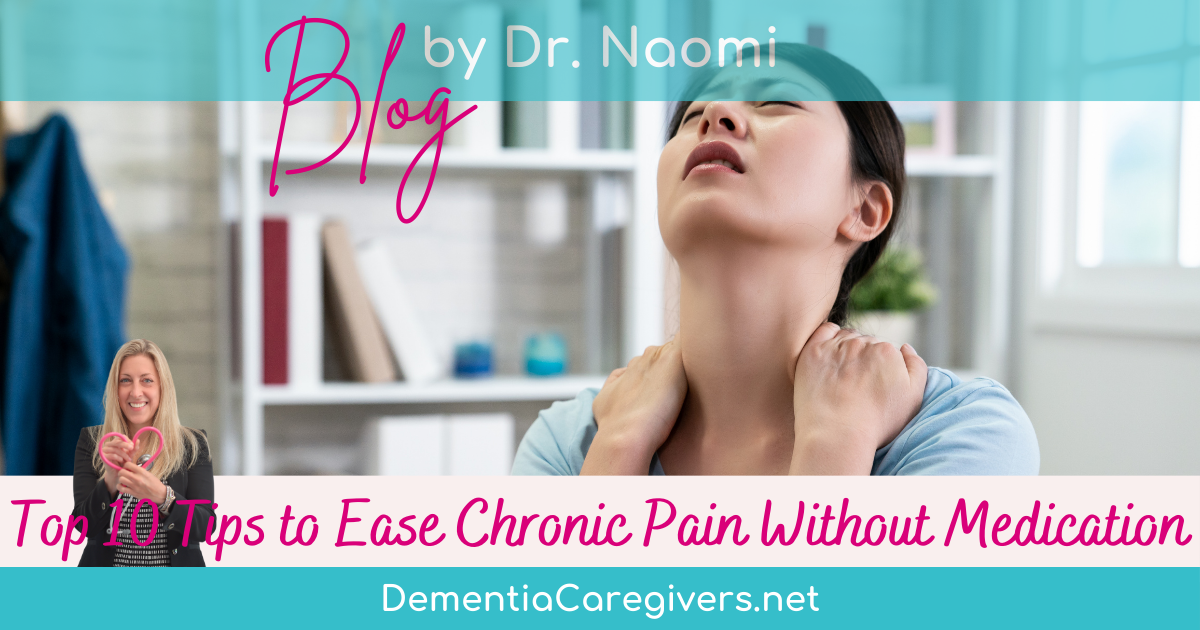
As a caregiver for someone with dementia, your selfless dedication and love play a vital role in their well-being. However, the stress and demands of caregiving can take a toll on your own physical and emotional health, often resulting in generalized pain and discomfort. In this blog post, we will explore a range of non-medication strategies specifically tailored to ease chronic pain, aiming to provide much-needed relief for caregivers like yourself. By implementing these tips into your daily routine, you can prioritize self-care and find solace in knowing that you are taking steps towards improving your own well-being while caring for your loved one.
1. Exercise and Physical Activity
Engaging in regular exercise and physical activity can significantly reduce chronic pain. Low-impact activities such as walking, swimming, and yoga help strengthen muscles, improve flexibility, and release endorphins, the body's natural painkillers. Consult with a healthcare professional or a physical therapist to create a personalized exercise plan that suits your specific needs.
2. Mind-Body Techniques
Mind-body techniques, such as meditation, deep breathing exercises, and guided imagery, can help relax both the body and the mind, reducing pain sensations. These practices promote a sense of calm, reduce stress, and enhance overall well-being. Incorporate these techniques into your daily routine to experience their long-term benefits.
3. Heat and Cold Therapy
Applying heat or cold therapy to affected areas can alleviate chronic pain. Heat therapy, such as warm showers, heating pads, or warm compresses, helps relax muscles and improve blood circulation. Cold therapy, on the other hand, can numb the area and reduce inflammation. Experiment with both methods to find which works best for your pain relief.
4. Acupuncture
Acupuncture, a traditional Chinese therapy, involves the insertion of thin needles into specific points on the body to balance energy flow. This ancient practice has been shown to provide relief for chronic pain conditions by stimulating the release of endorphins and promoting healing. Consult with a licensed acupuncturist to explore this holistic approach.
5. Physical Therapy
Working with a skilled physical therapist can be immensely beneficial for managing chronic pain. They can assess your condition, provide targeted exercises, and offer techniques such as manual therapy, stretching, and strengthening exercises to reduce pain and improve mobility. A customized physical therapy program can empower you to take control of your pain management.
6. Massage Therapy
Massage therapy is a soothing and effective approach to relieve chronic pain. It helps relax tense muscles, improves blood circulation, and releases endorphins. Consider scheduling regular sessions with a licensed massage therapist specialising in pain management to experience the full benefits of this therapeutic technique.
 7. Herbal Remedies and Supplements
7. Herbal Remedies and Supplements
Certain herbal remedies and supplements have shown promise in managing chronic pain. Examples include turmeric, ginger, omega-3 fatty acids, and magnesium. However, it's crucial to consult with a healthcare professional before incorporating any new supplements into your routine to ensure they are safe and suitable for your condition.
8. Cognitive-Behavioural Therapy (CBT)
Cognitive-behavioural therapy is a psychological approach that focuses on changing negative thought patterns and behaviours related to pain. By identifying and addressing emotional and psychological factors, CBT can help manage chronic pain more effectively, improve coping mechanisms, and enhance overall well-being.
9. Sleep Hygiene
Establishing good sleep hygiene practices can have a significant impact on chronic pain. Create a peaceful sleep environment, stick to a consistent sleep schedule, and practice relaxation techniques before bed to improve sleep quality. Quality restorative sleep can reduce pain sensitivity and help manage chronic pain more effectively.
10. Support and Self-Care
Lastly, surround yourself with a supportive network of family, friends, or support groups who understand and empathize with your chronic pain journey. Additionally, prioritize self-care activities that bring you joy and relaxation.
Bonus: Red and Blue Light Therapy
Red and blue light therapy are non-invasive treatments that can provide relief for chronic pain. Red light therapy involves exposure to low-level red or near-infrared light, which penetrates deep into the skin to promote healing, reduce inflammation, and alleviate pain. It stimulates collagen production and enhances cellular energy, aiding tissue repair and reducing pain sensitivity.
On the other hand, blue light therapy is commonly used for its antibacterial properties to treat certain skin conditions. However, recent research suggests that blue light therapy may also have pain-relieving effects. It has been shown to inhibit pain transmission and reduce inflammation in specific chronic pain conditions.
Both red and blue light therapies are considered safe and can be administered through specialized devices, such as LED light panels or handheld devices. However, it's important to consult with a healthcare professional or a specialist to determine the appropriate treatment protocol (how many minutes from what distance and what frequency) and ensure its suitability for your specific condition.
Conclusion
Living with chronic pain can be incredibly challenging, but there are various non-medication strategies that can help ease the burden and improve your quality of life. From exercise and mind-body techniques to therapies like acupuncture and massage, these natural approaches offer promising alternatives to medication. Additionally, exploring modalities such as red and blue light therapy can provide targeted pain relief. Remember, each person's experience with chronic pain is unique, so finding a combination of strategies that work best for you is essential. By embracing these non-medication tips, you can take proactive steps towards managing chronic pain and reclaiming your life.
Love what you read here? Subscribe for updates! Add me to the list!
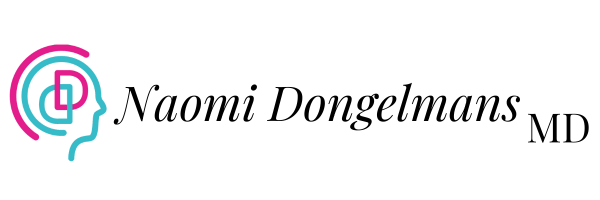


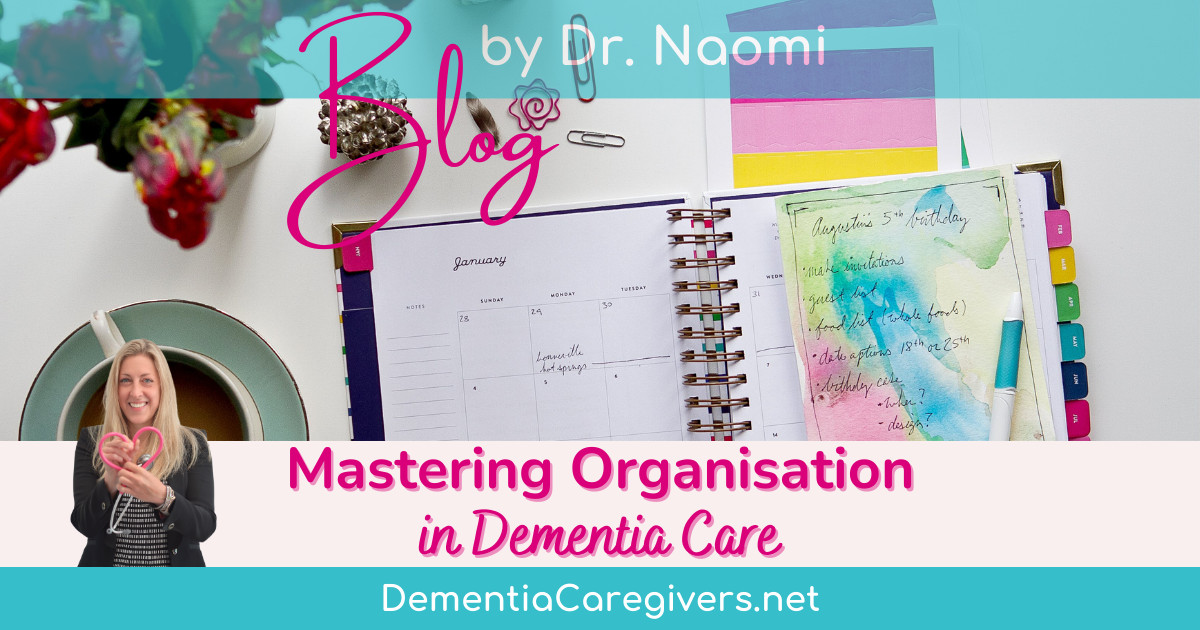
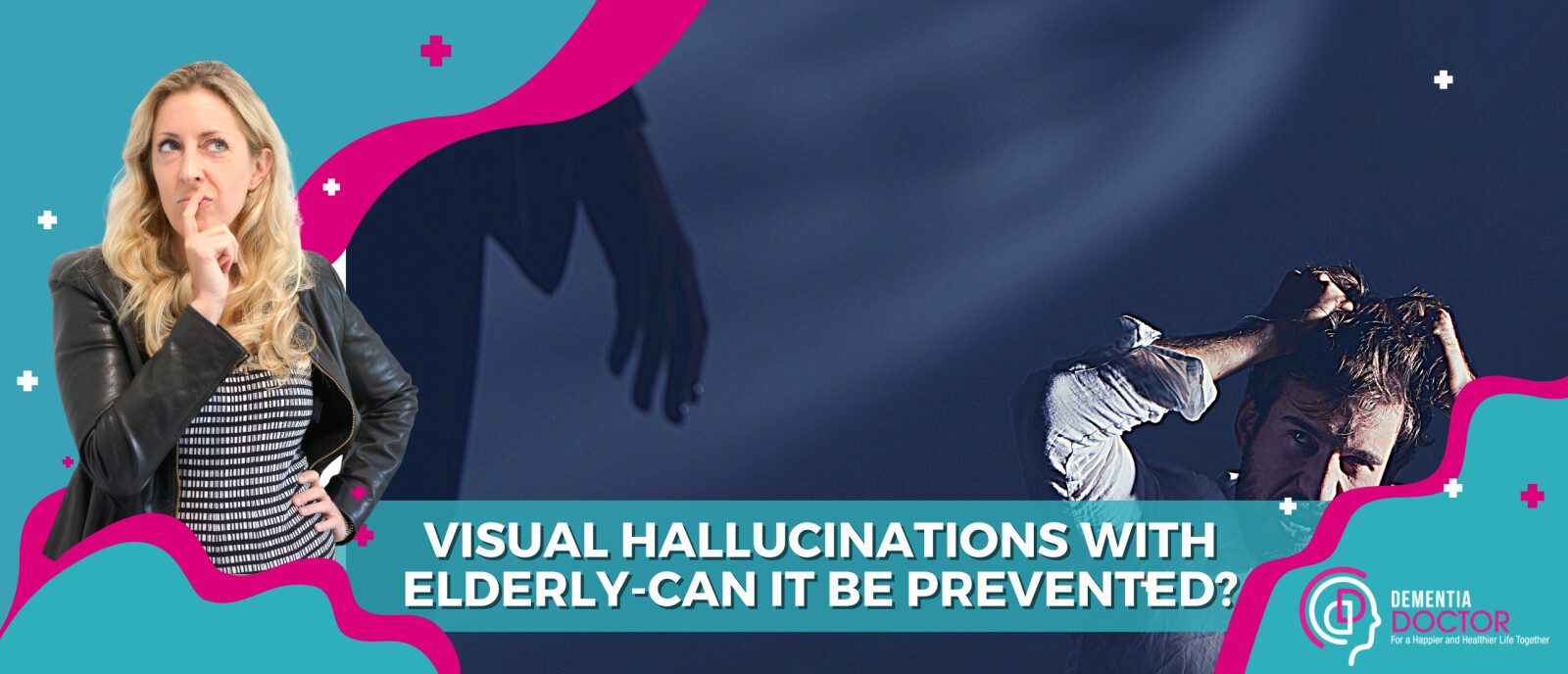

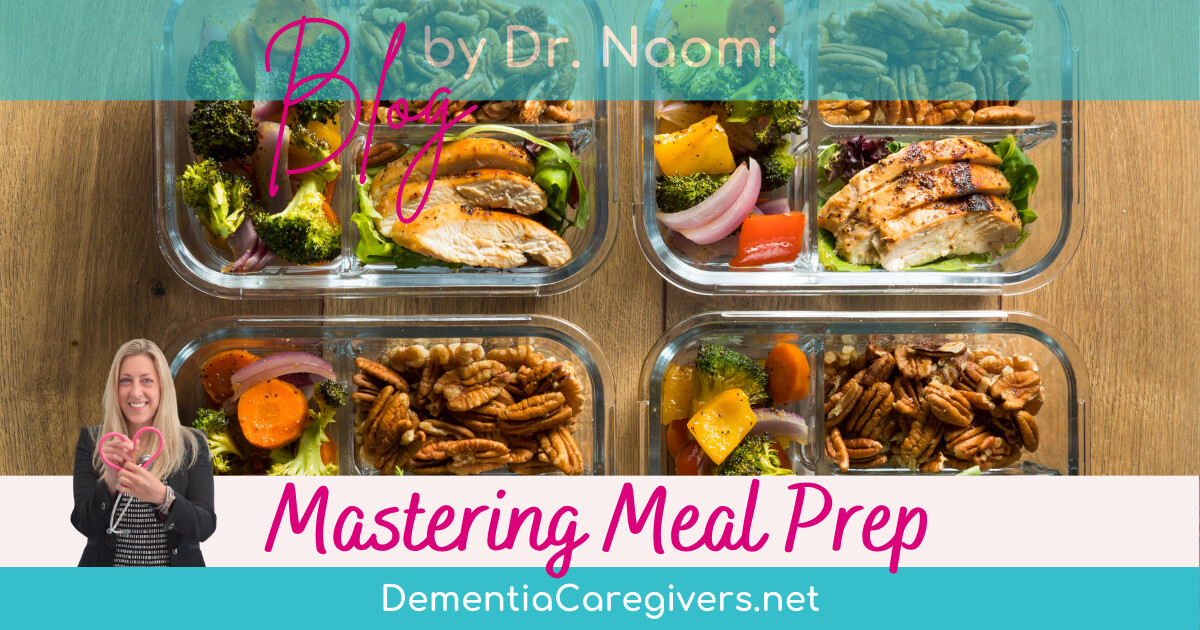
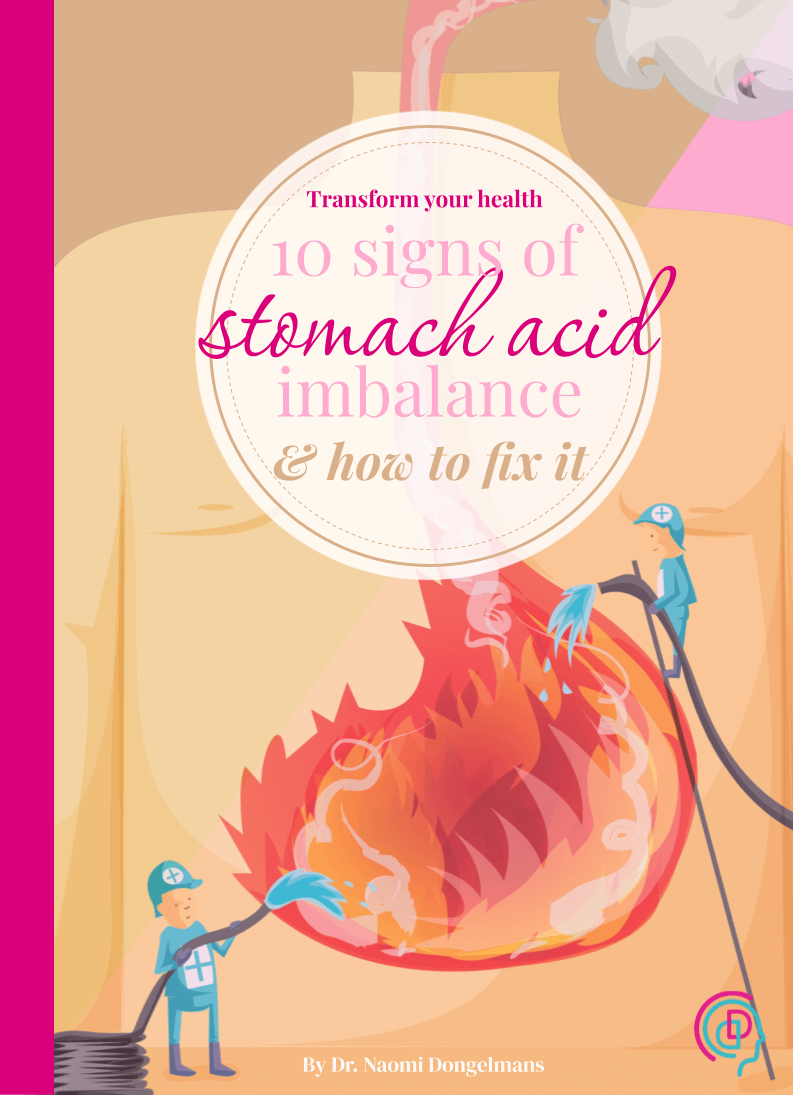
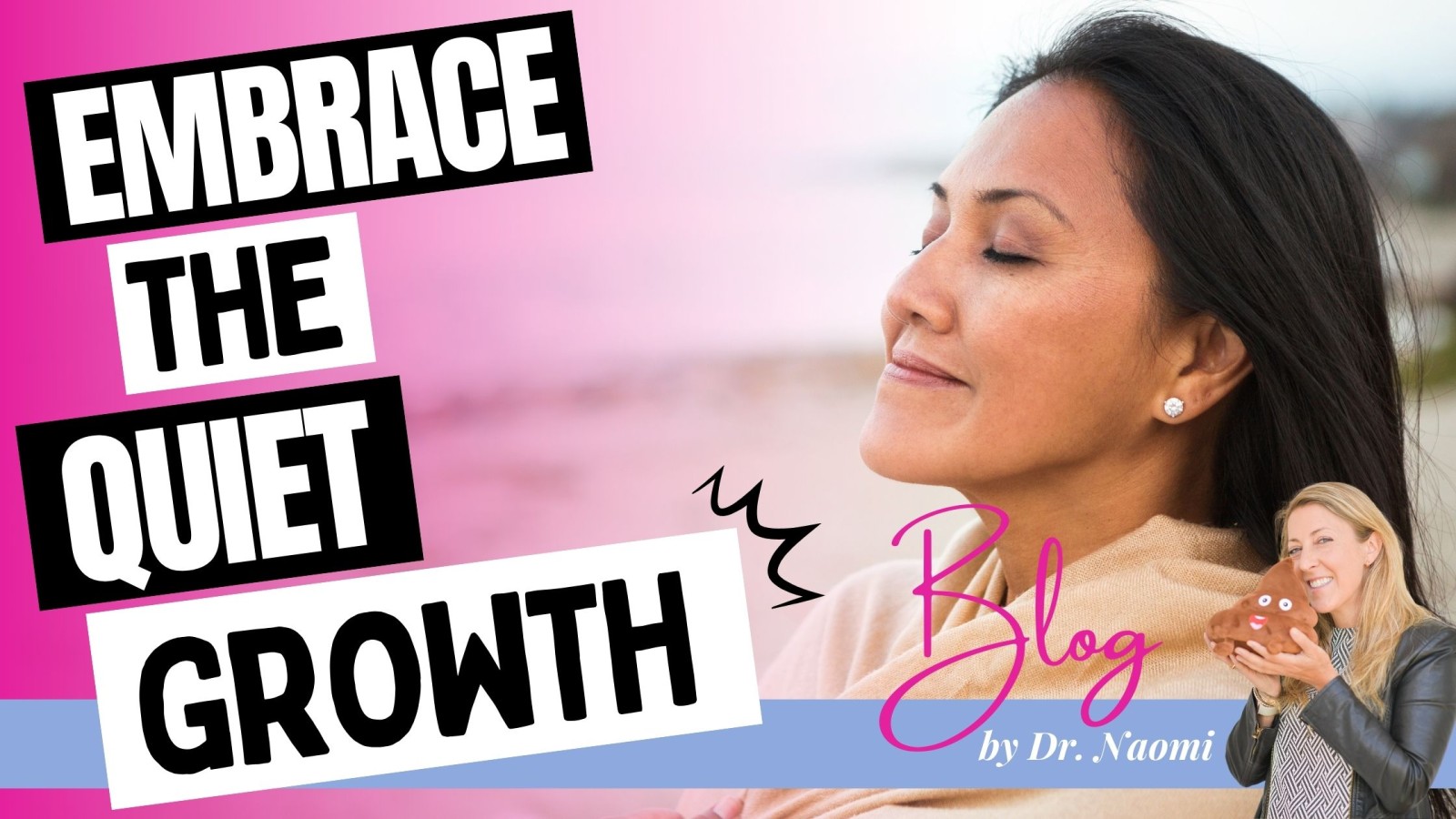

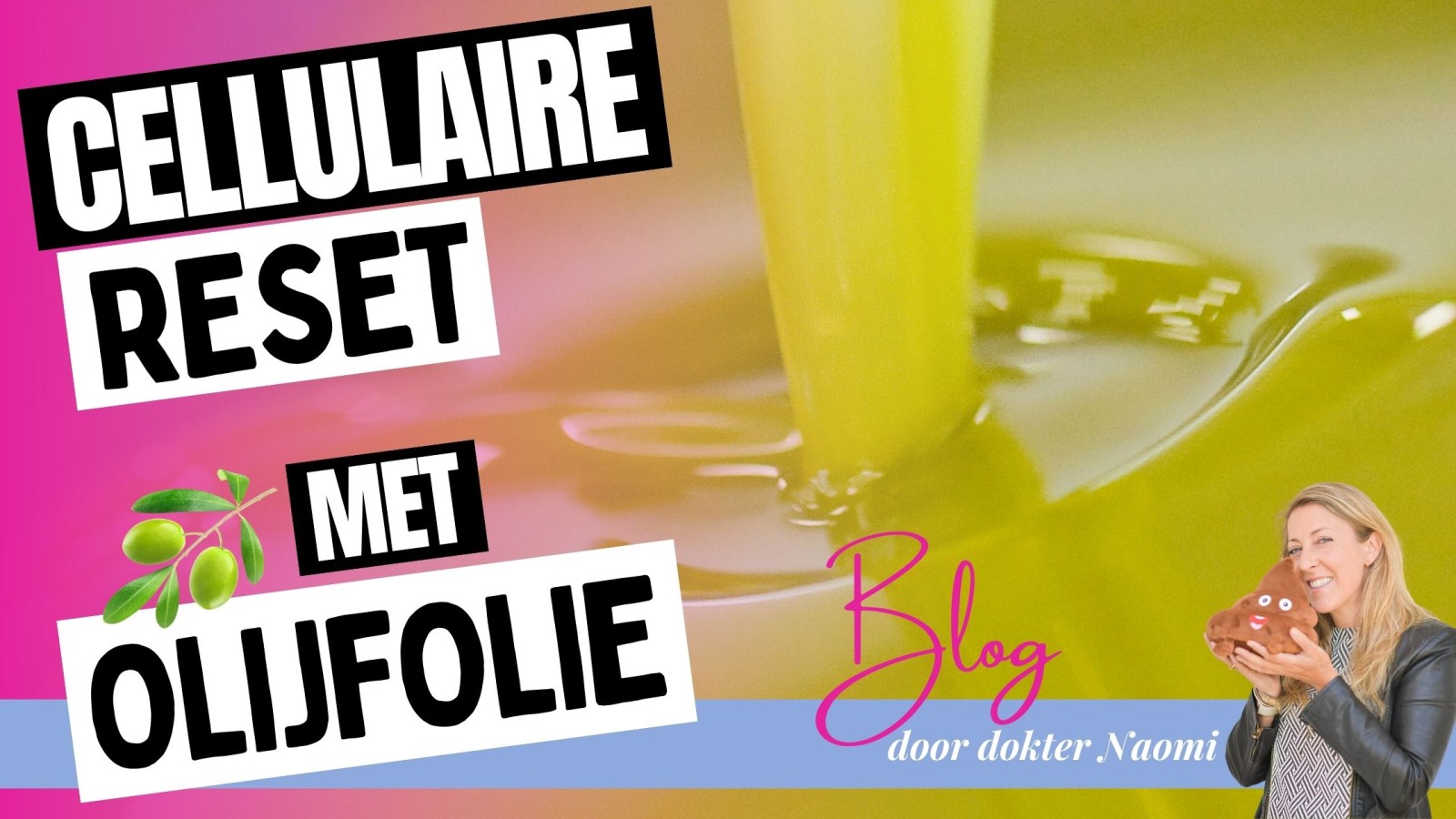


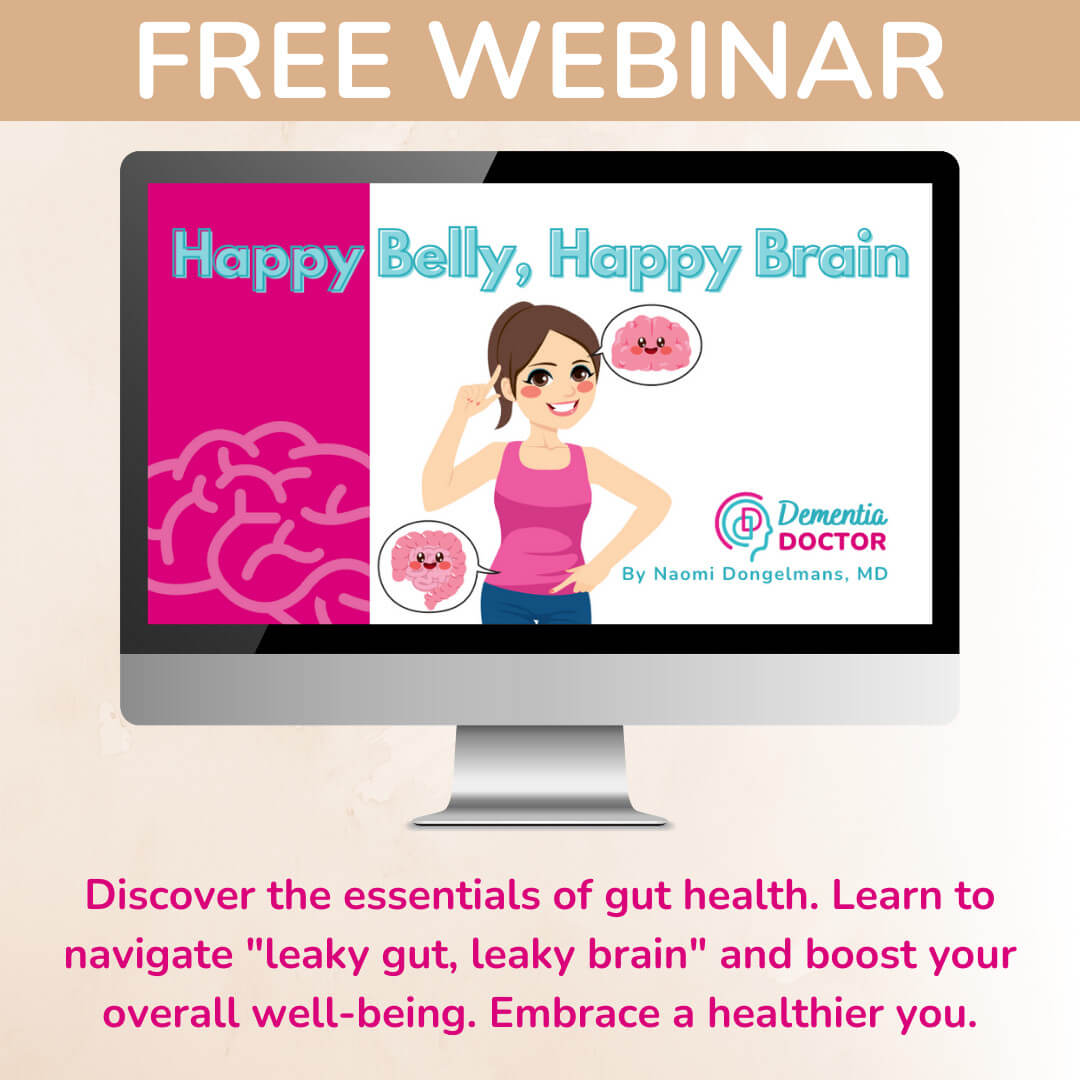
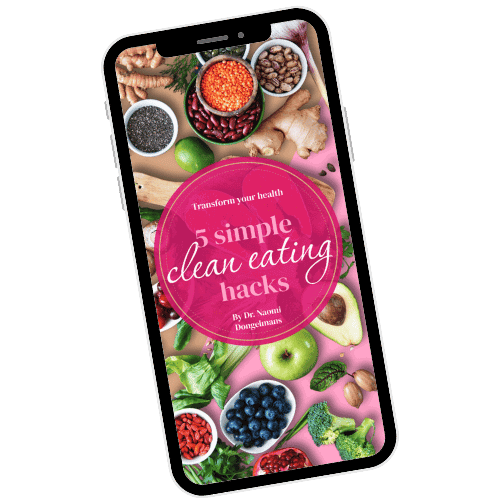






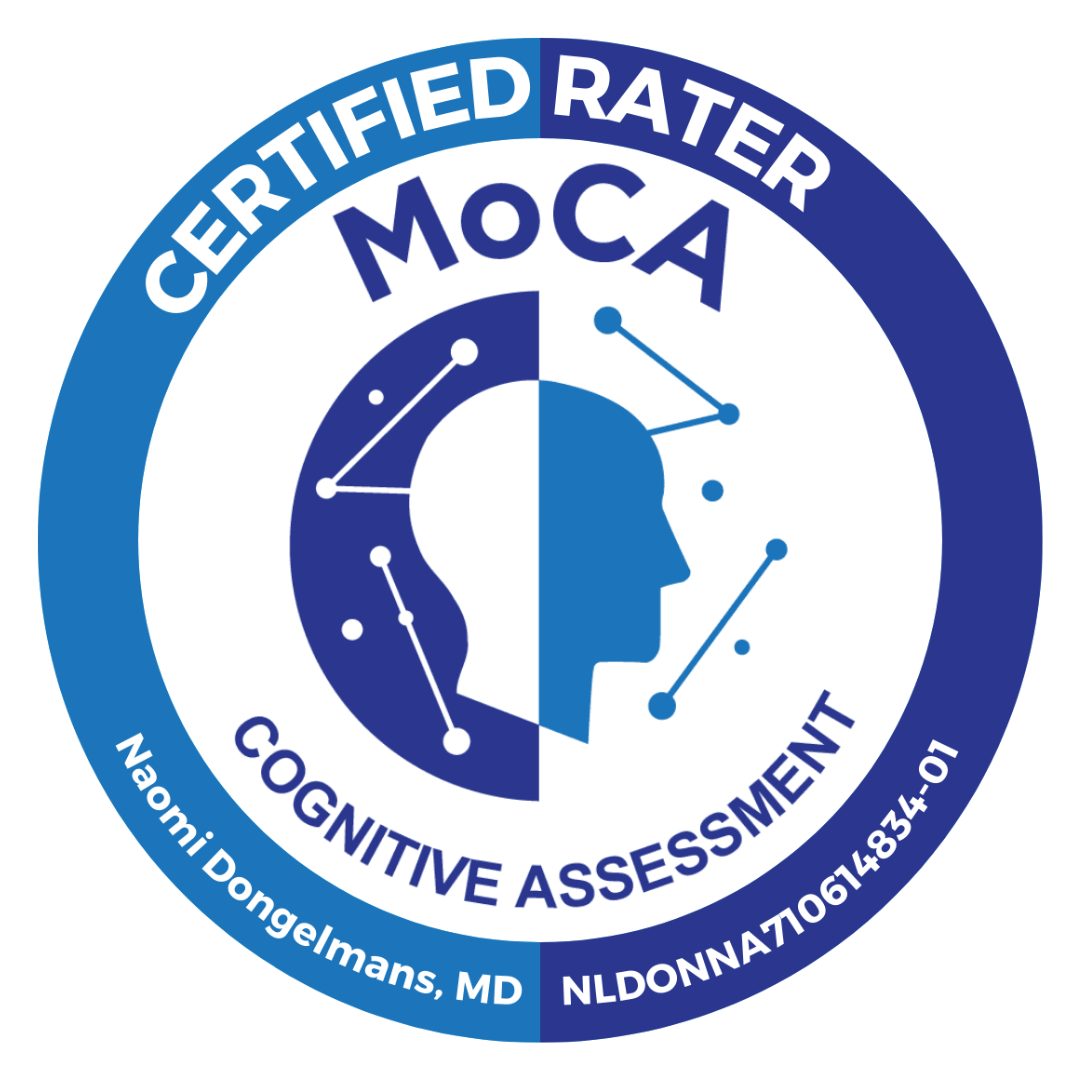





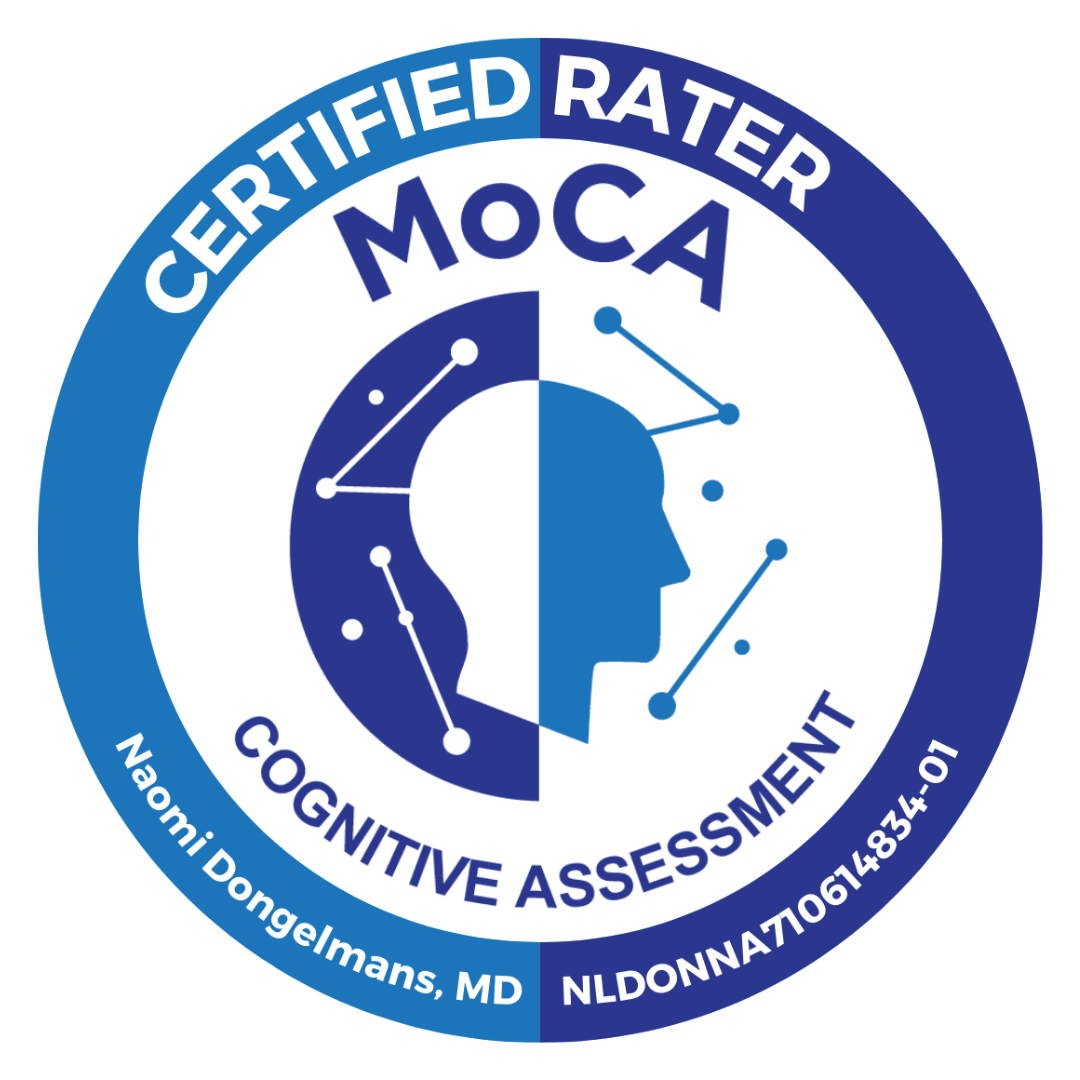

0 Comments